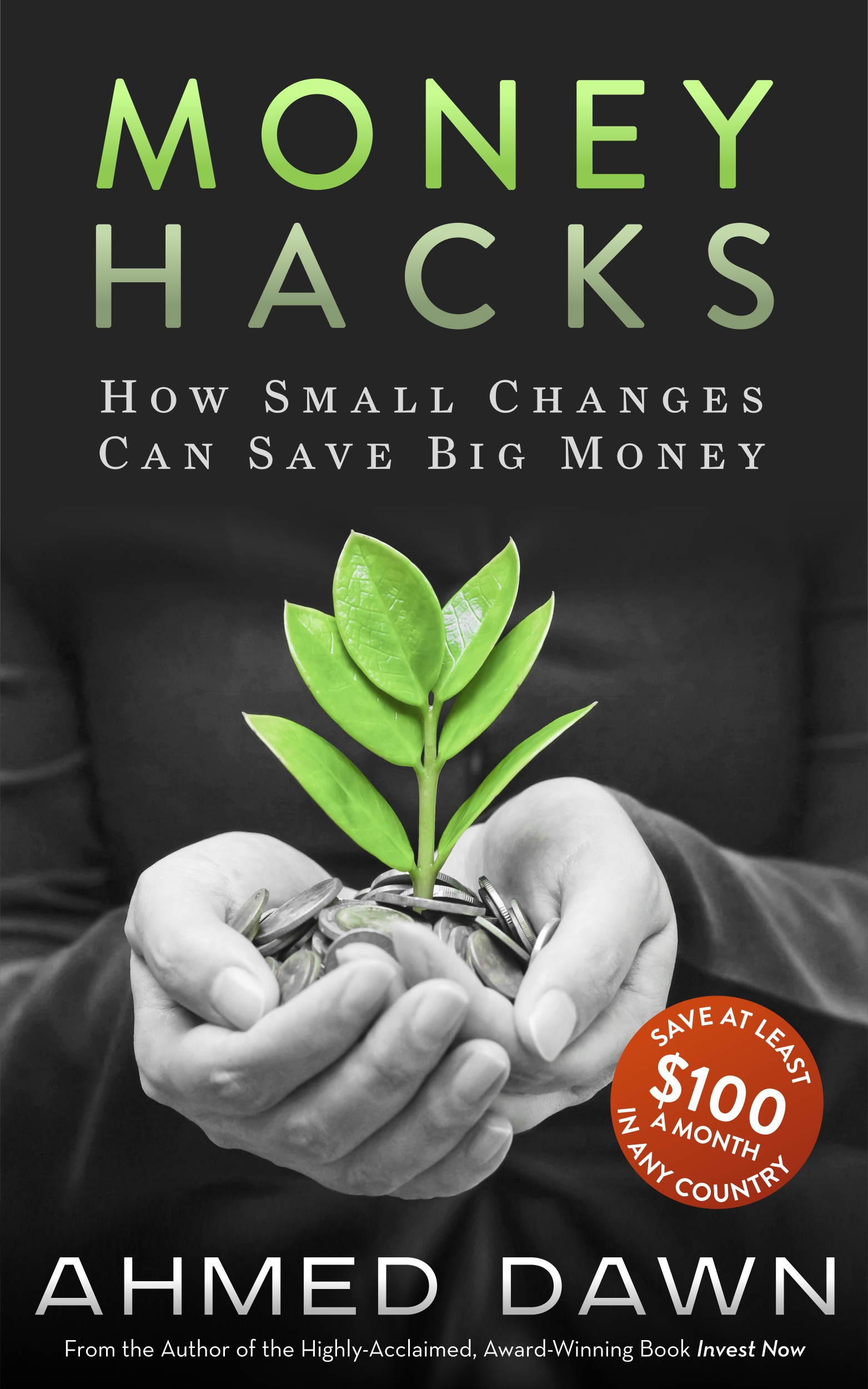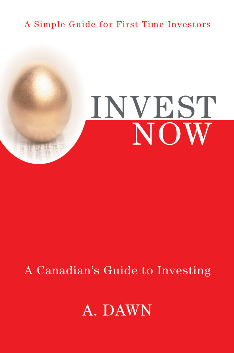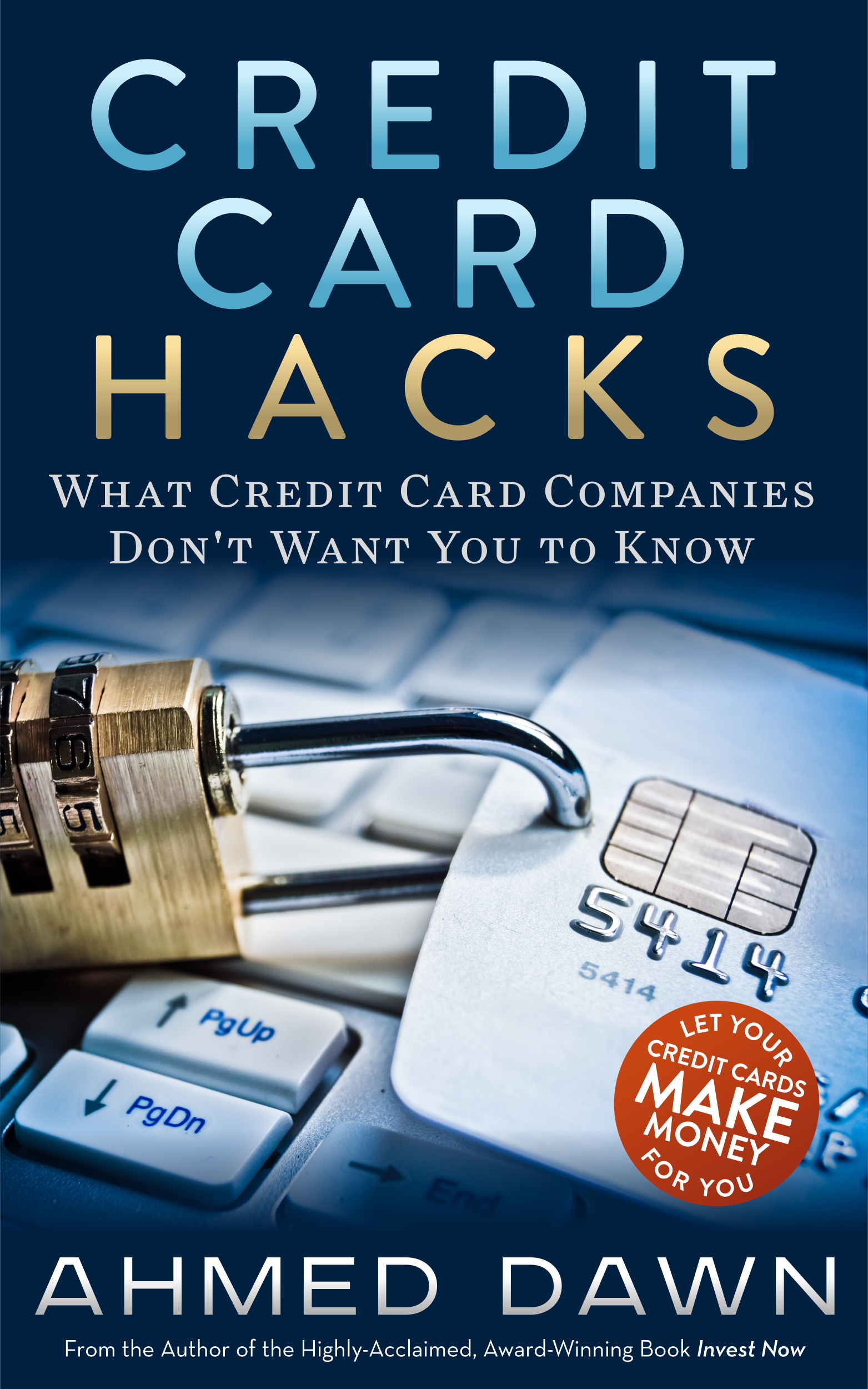Global X S&P/TSX Venture 30 Canada ETF: First Global ETF Targeting Canadian Emerging Companies
/Global X Funds Launches Canadian Junior Mining and Exploration Companies ETF on NYSE Arca Exchange
First Published Date: March 24, 2011 ADawnJournal.com
In these times of worrying investments, many investors want to go with something that is a bit safer. Hence the purpose of exchange-traded funds, which do not try and beat the stock market, which many will tell you is impossible, but only to replicate it. With an exchange traded fund, or ETF, you are trading based on an exchange, rather than individual stocks. This then allows you more security because not all your eggs are in one basket and you can therefore ensure you are okay if the market goes down.
Recently it was announced that Global X S&P/TSX Venture 30 Canada ETF was launched and it focuses on one of the strongest areas of the Canadian economy; energy and commodities. This ETF is split between materials and energy sectors, with slightly more material stocks in it than energy. This gives you a good mix in case one of the sectors goes down. Some of the main stocks on this ETF include Atac Resources, Rainy River Resources and Canacol Energy.
Of course, that is not all the ETFs you can choose from in Canada. One of the most well-known and used is the iShares MSCI Canada ETF. This ETF covers more range than the other ETF mentioned here. ECW, as it is called on the trading floor, has half of its portfolio made up of material and energy stocks, The rest of the portfolio is mostly made up of financial stocks. This is important because it gives you three different sectors that you can work with in order to ensure you get the most diversified portfolio that you can. The main stocks on ECW are Suncor Energy and Canadian Natural Resources.
When you are trading on the market, you want to ensure that you have a bit of relative safety so that you do not lose everything that you have. Many investors put their hopes on risky stocks and ending up losing everything during the financial crisis. If you are in for the long haul and would like to have a few stocks to diversify, then you can look at these ETFs. ETFs are known for providing better level of safely than picking individual stocks. With ETFs, you can invest in specific sectors or even stocks that only match your morale code. For example, you can choose ETFs that only have stocks from companies with good employee records and others that are not related to weapons or tobacco.
If you like to invest in Canadian companies, then you may want to look at investing in these ETFs, which are working on stocks that are in the highly profitable energy and manufacturing industries. In the case of the energy industry, it was one of the few industries in Canada to continue to do well despite the financial meltdown.
If you are thinking of investing with ETFs, then these two ETFs are the ones you can put in your research list Don’t forget to do your research making any financial decisions, and make sure to find the product that best suits your needs.
Link: Global X Funds










